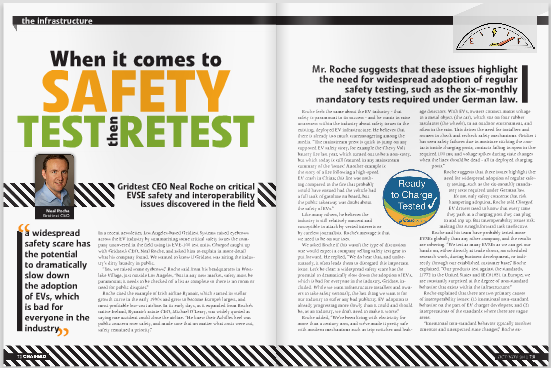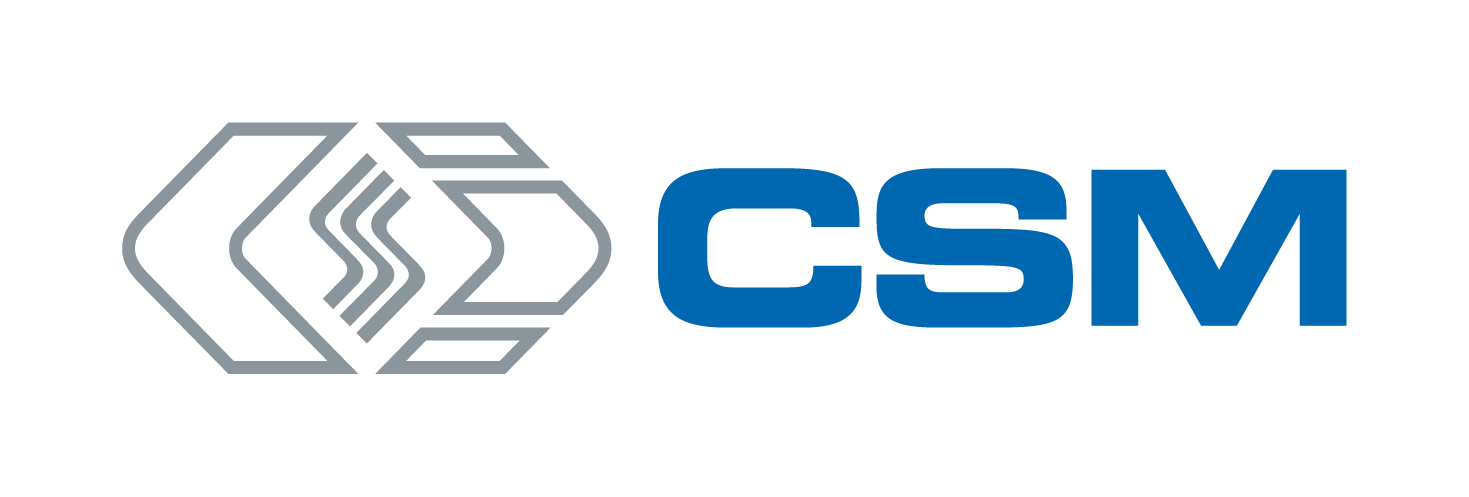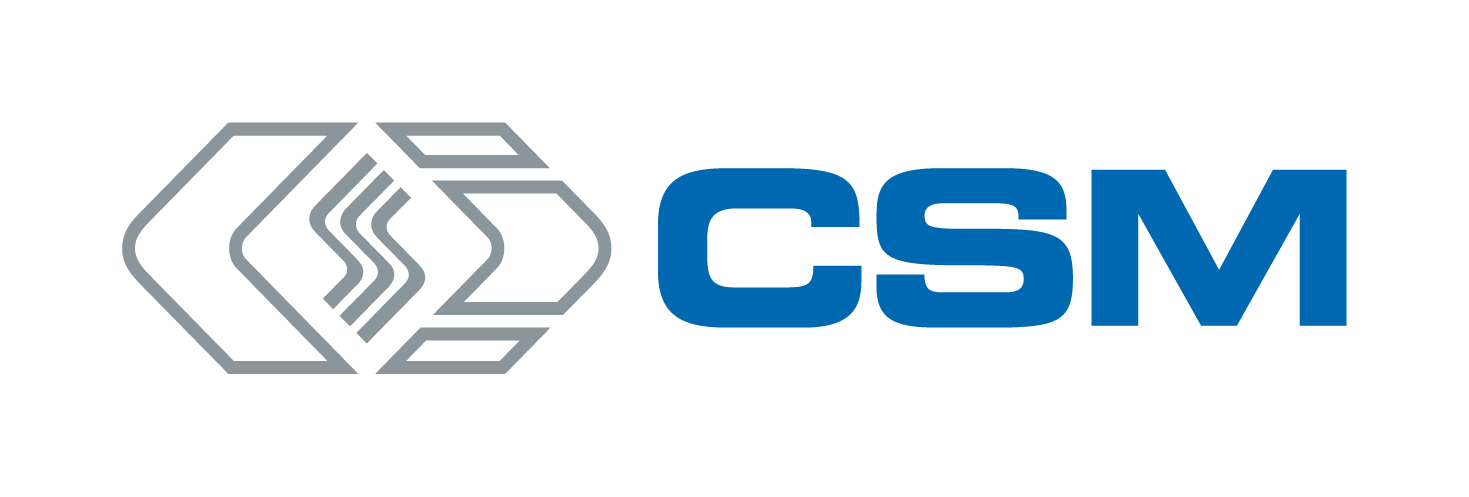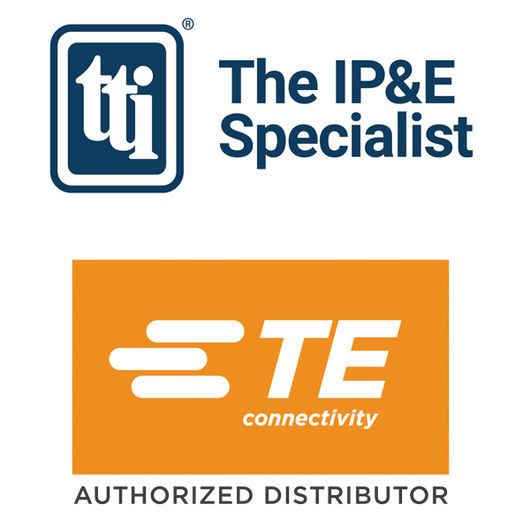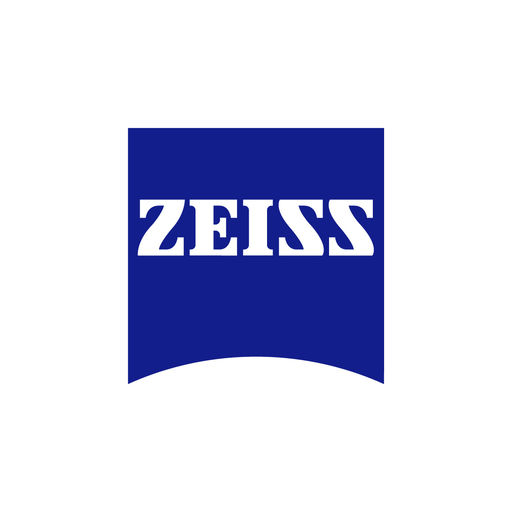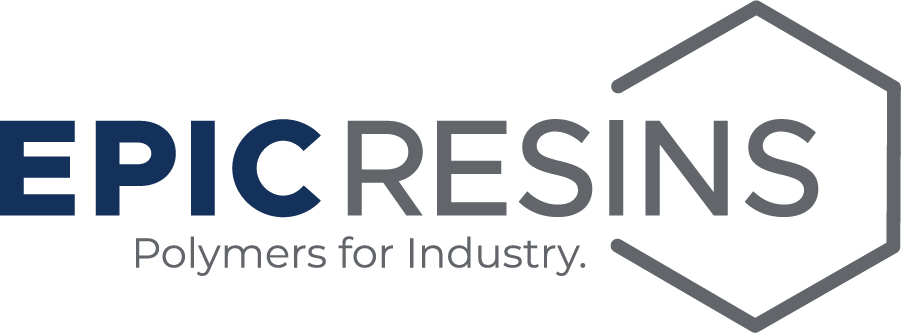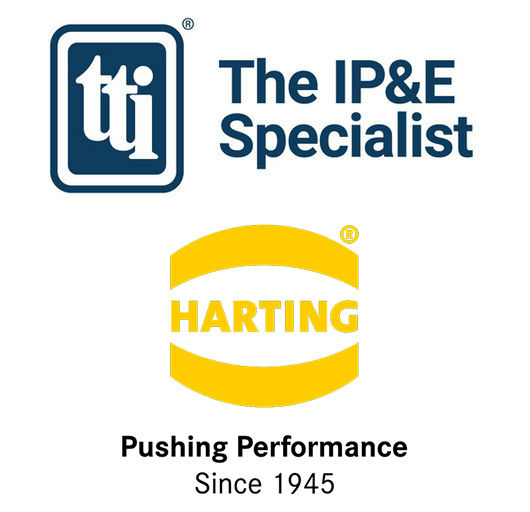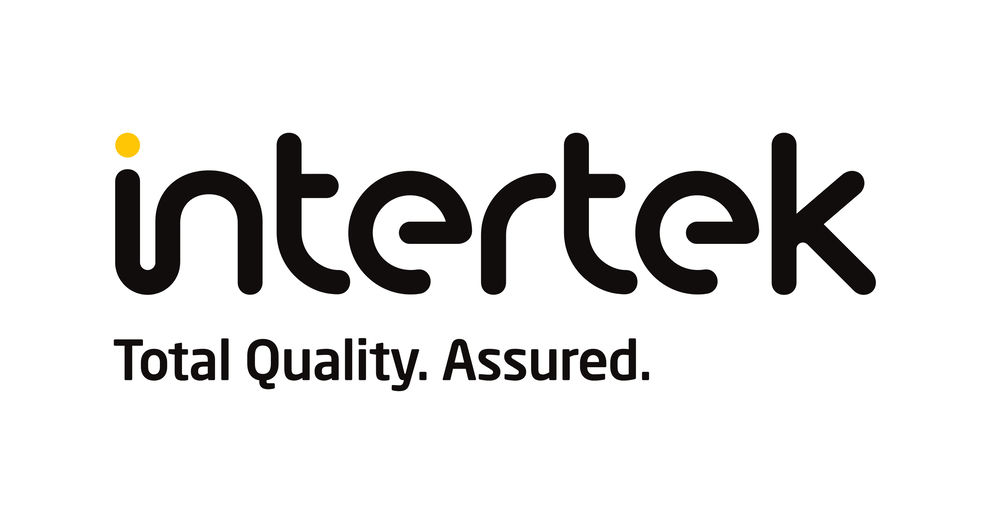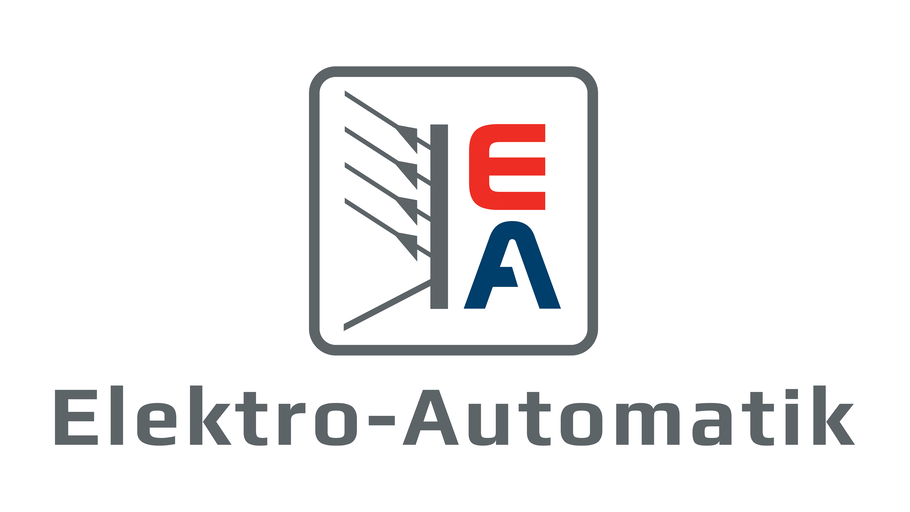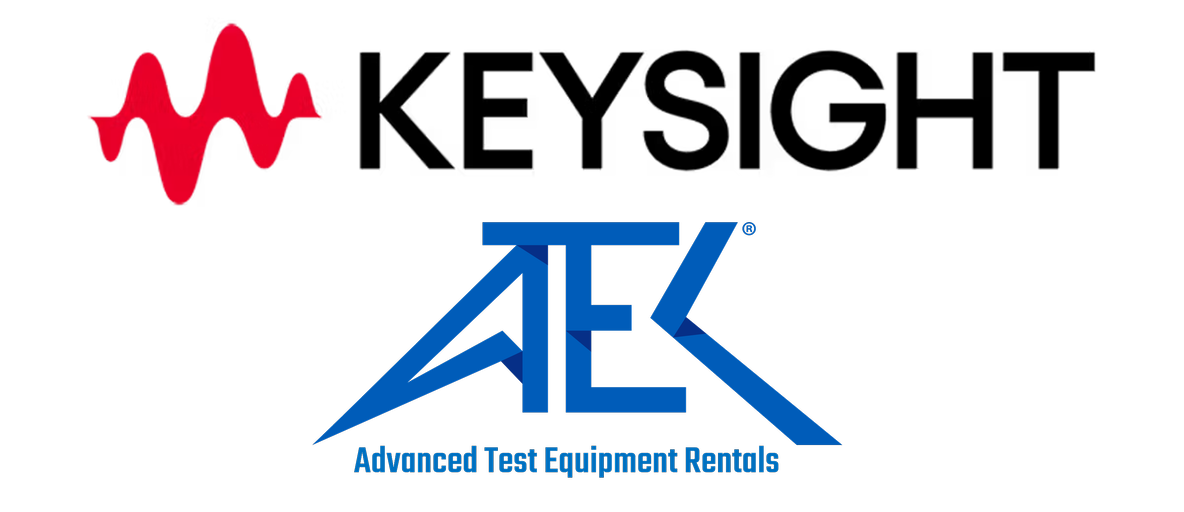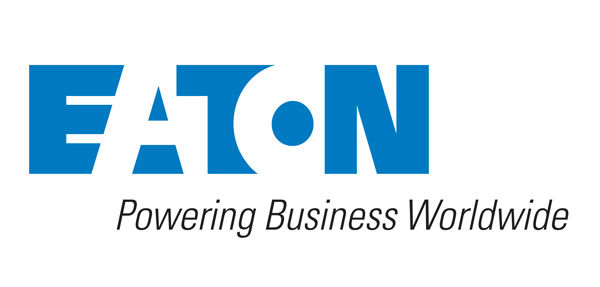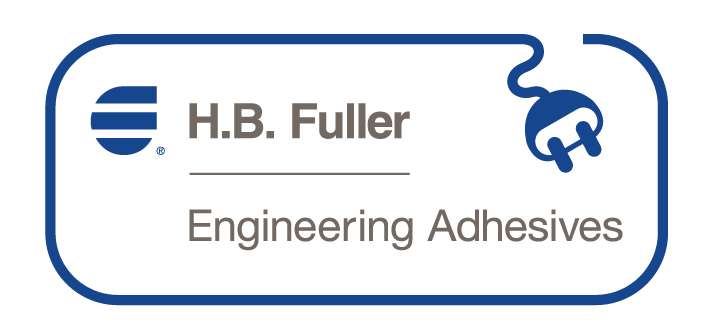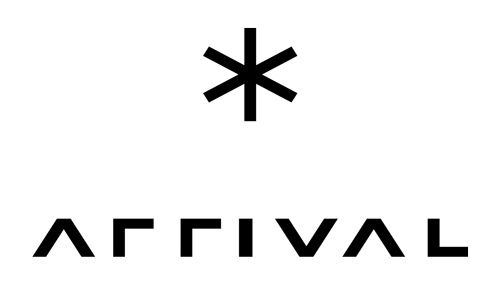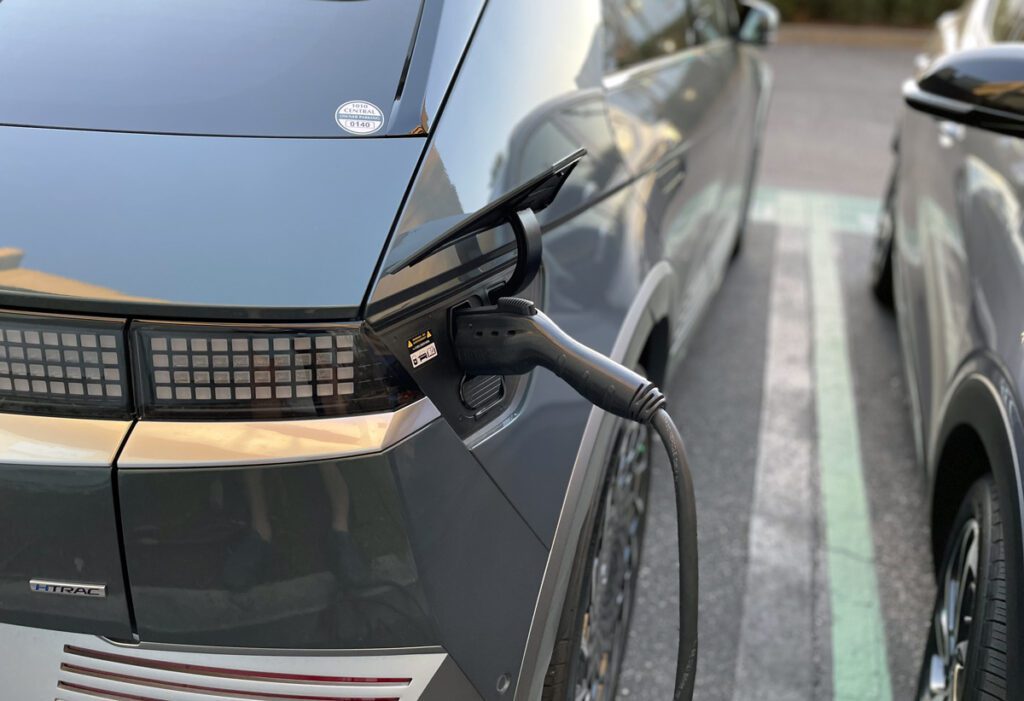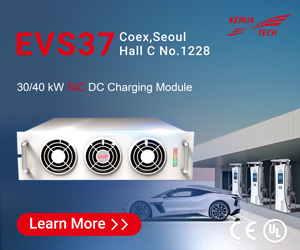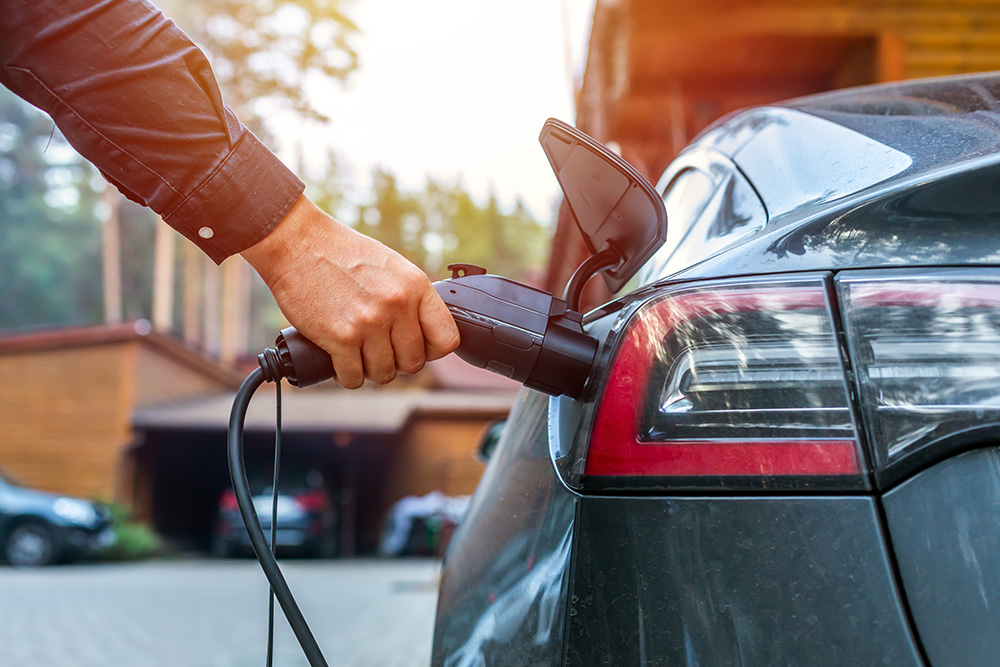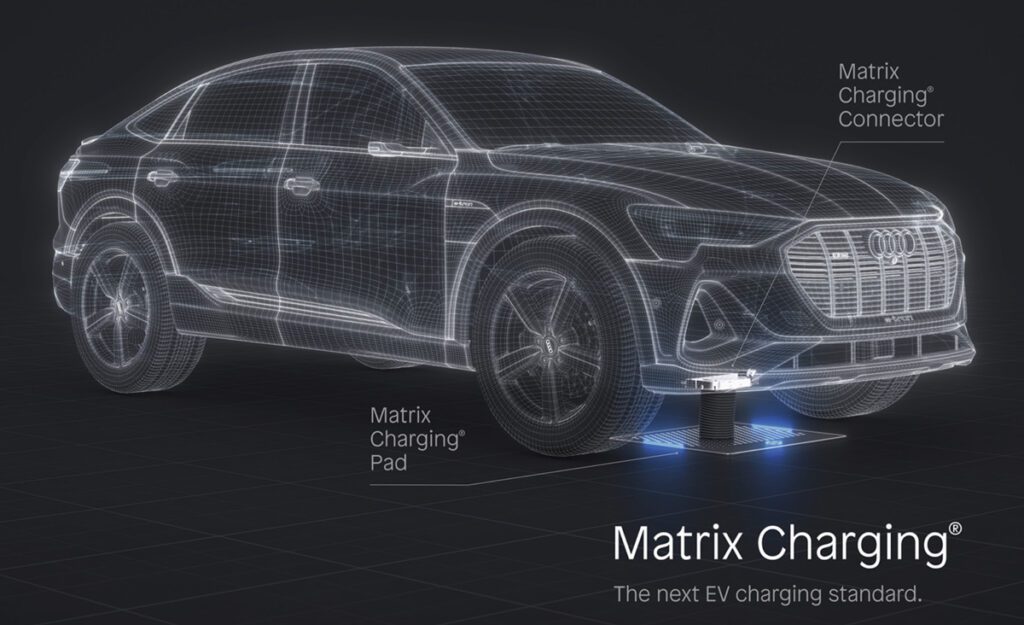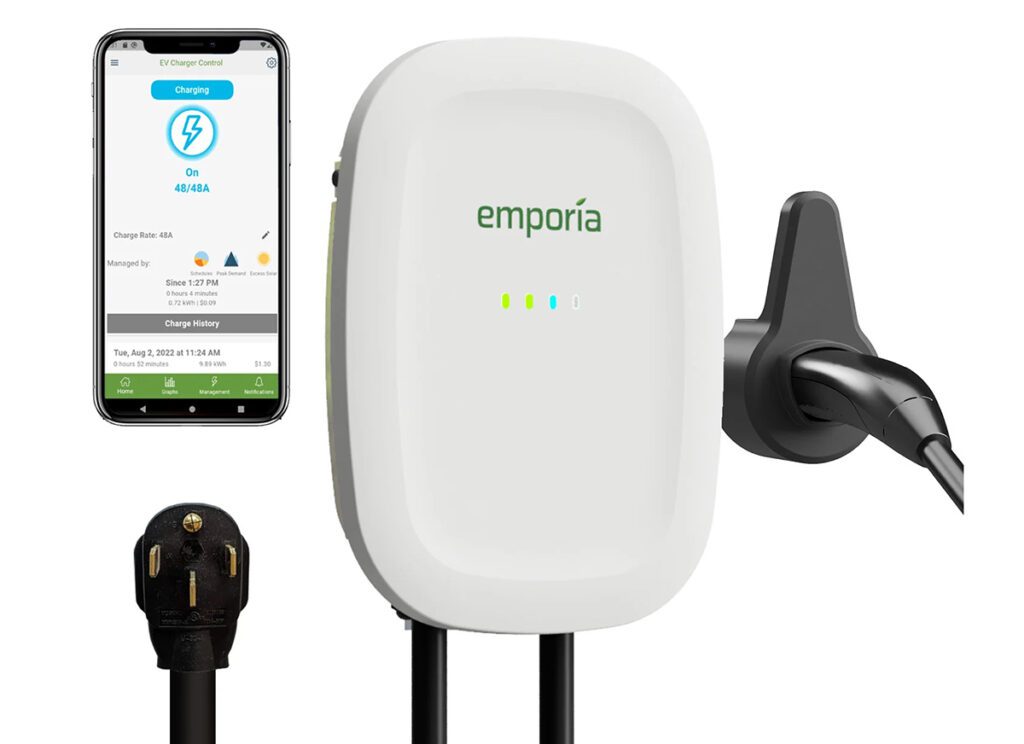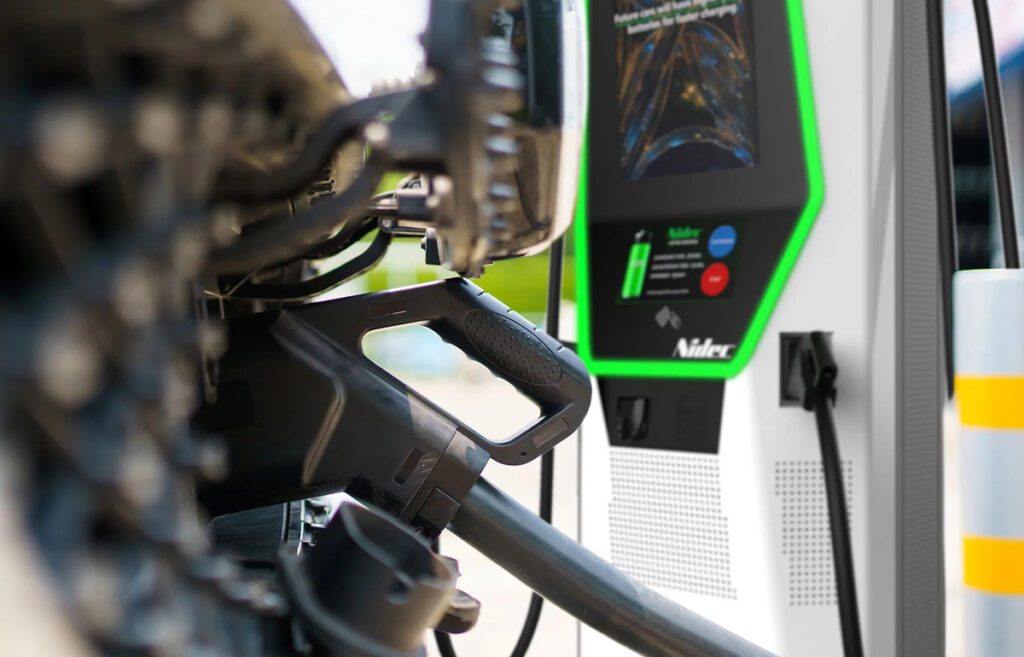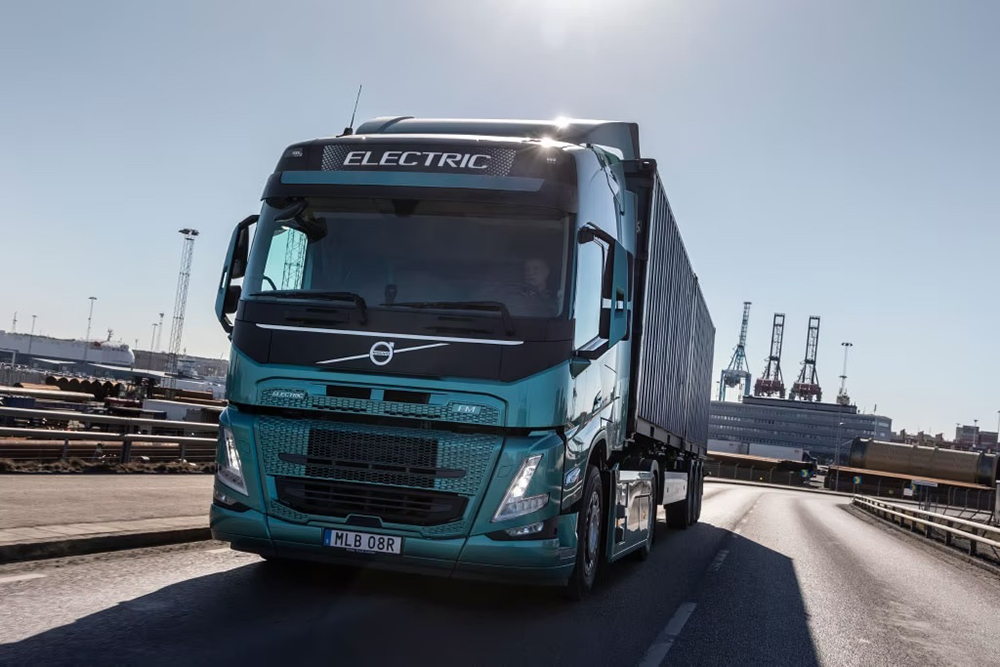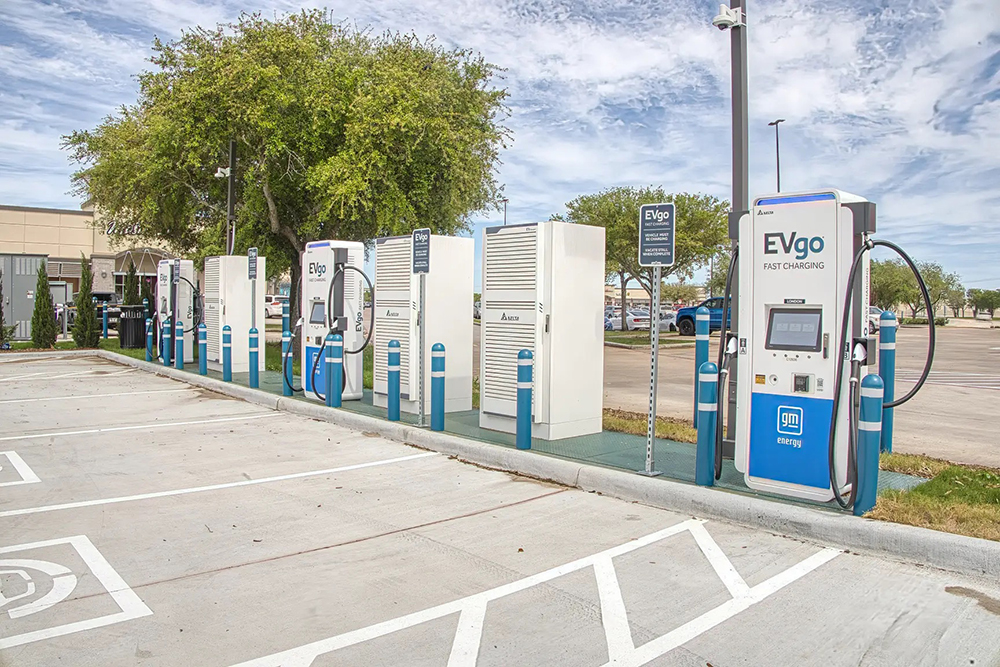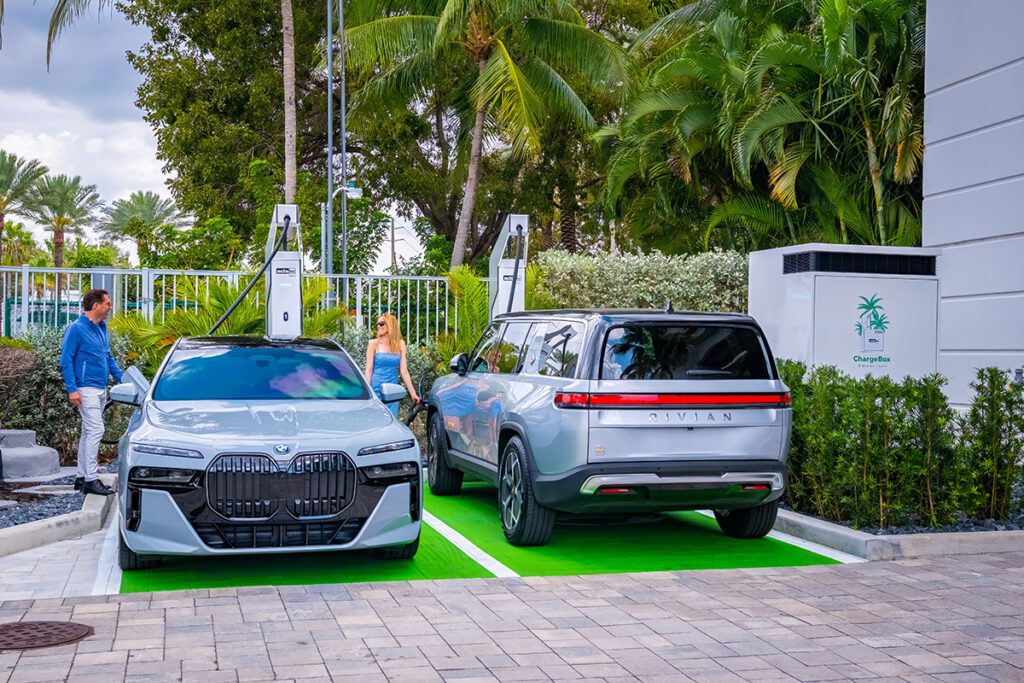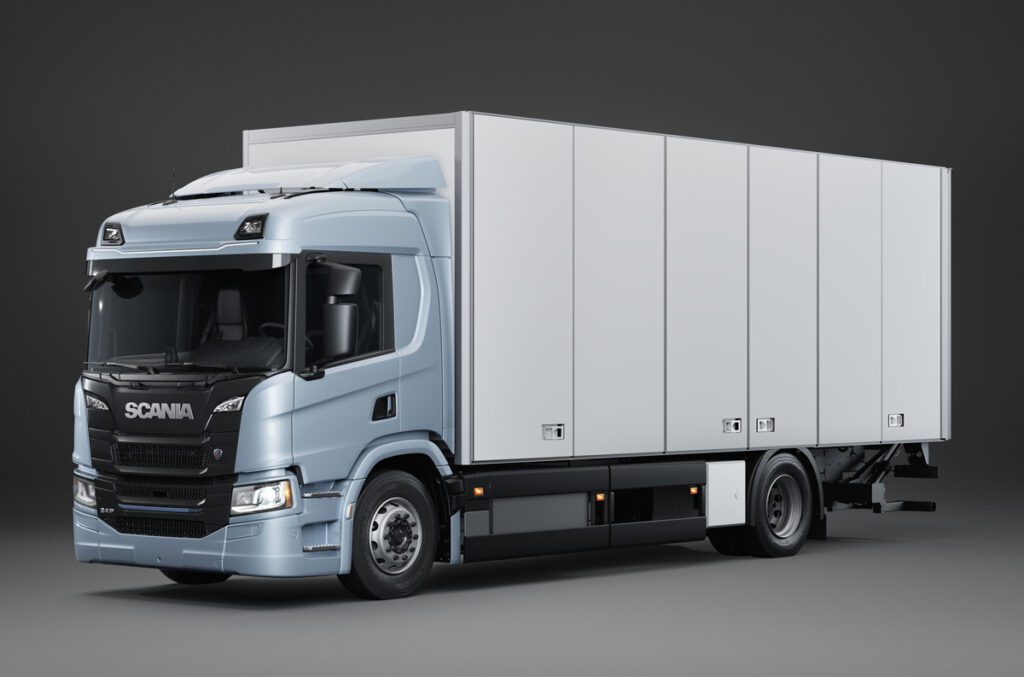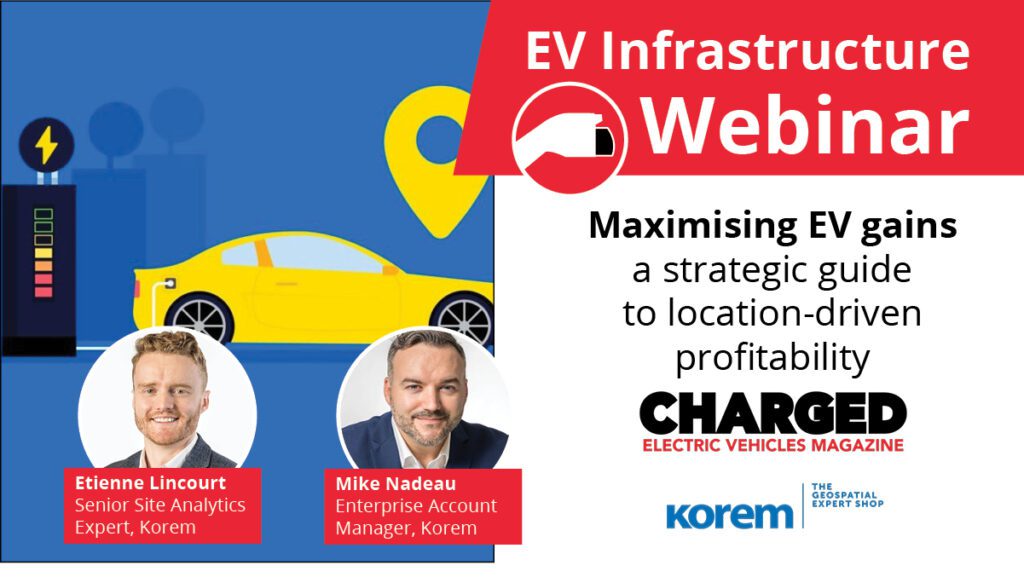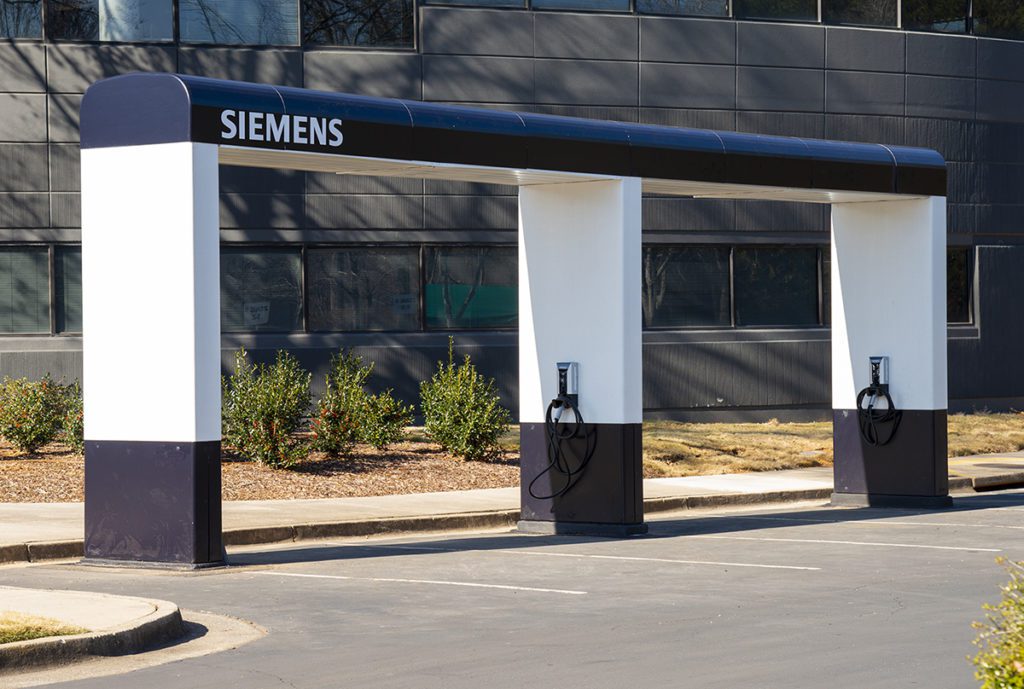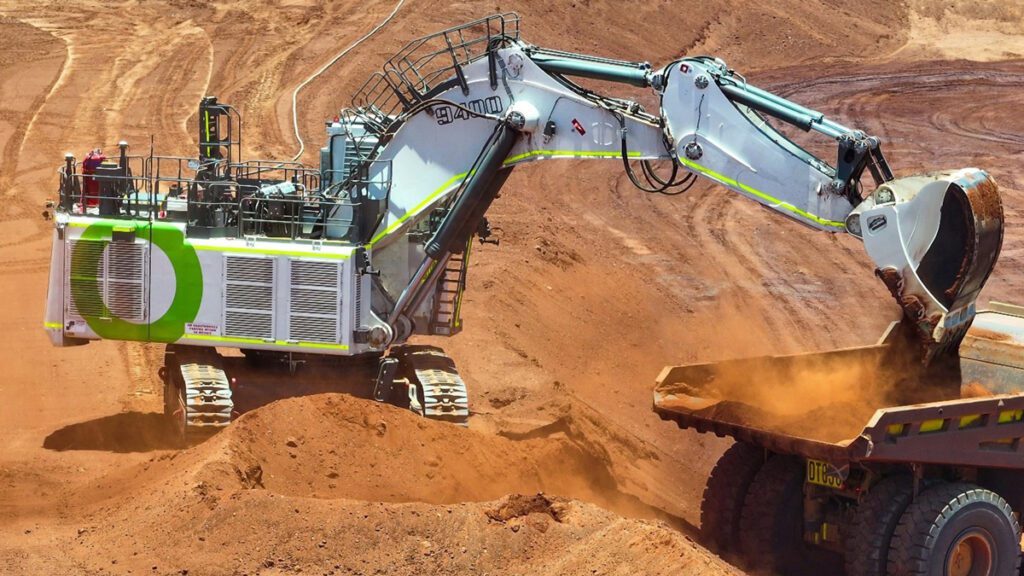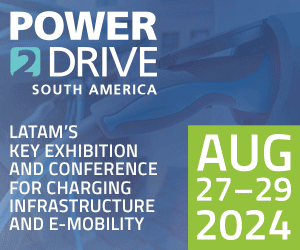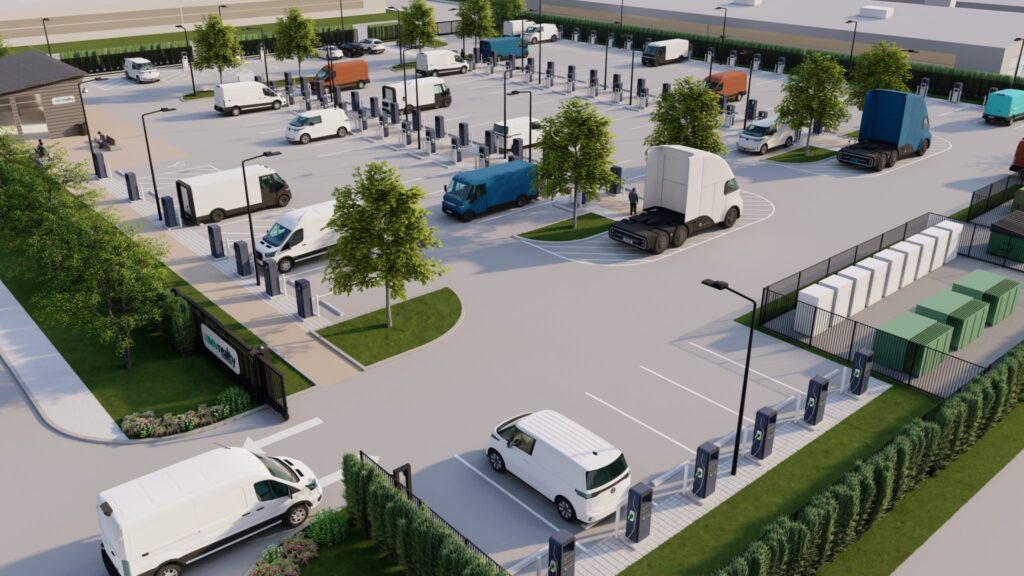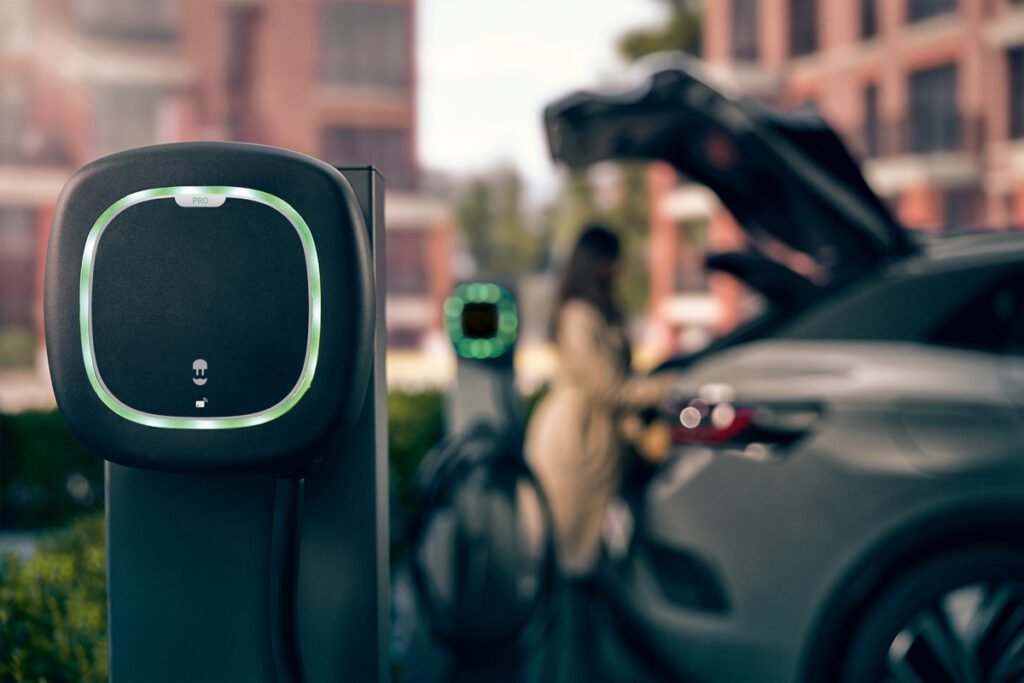Neal Roche summarizes some critical EVSE safety issues uncovered by Gridtest Systems.
In a recent newsletter, Los Angeles-based Gridtest Systems raised eyebrows across the EV industry by summarizing some critical safety issues the company uncovered in the field using its EVE-100 test units. Charged caught up with Gridtest’s CEO, Neal Roche, and asked him to explain in more detail what his company found. We wanted to know if Gridtest was airing the industry’s dirty laundry in public.
“Yes, we raised some eyebrows,” Roche said from his headquarters in Westlake Village, just outside Los Angeles, “but in any new market, safety must be paramount; it needs to be checked off a list as complete so there is no room or need for public disquiet.”


Roche feels the same about the EV industry – that safety is paramount to its success – and he wants to raise awareness within the industry about safety issues in the existing, deployed EV infrastructure. He believes that there is already too much scaremongering among the media. “The mainstream press is quick to jump on any supposed EV safety story, for example the Chevy Volt battery fire last year, which turned out to be a non-story, but which today is still featured in any mainstream summary of the ‘issues.’ Another example is the story of a fire following a high-speed EV crash in China; this fire was nothing compared to the fire that probably would have ensued had the vehicle had a full tank of gasoline on board, but the public takeaway was doubt about the safety of EVs.”
Like many others, he believes the industry is still relatively nascent and susceptible to attack by vested interests or by careless journalists. Roche’s message is that we need to be on our toes.


Roche added, “We’ve been living with electricity for more than a century now, and we’ve made it pretty safe with modern mechanisms such as trip switches and leakage detectors. With EVs, owners connect mains voltage to a metal object (the car), which sits on four rubber insulators (the wheels), in an outdoor environment, and often in the rain. This drives the need for installers and owners to check and recheck safety mechanisms. Gridtest has seen safety failures due to moisture sticking the contacts inside charging posts; contacts failing to open in the required 100 ms; and voltage spikes during state changes when the lines should be dead – all in deployed charging posts.”
Roche suggests that these issues highlight the need for widespread adoption of regular safety testing, such as the six-monthly mandatory tests required under German law.
It’s not only safety concerns that risk hampering adoption, Roche told Charged. EV drivers need to know that every time they park at a charging post they can plug in and top up. But interoperability issues risk making this straightforward task ineffective. Roche and his team have probably tested more EVSEs globally than any other company, and the results are sobering. “We test as many EVSEs as we can get our hands on, either directly at trade shows, on scheduled research work, during business development, or indirectly through our established customer base,” Roche explained. “Our products test against the standards, J1772 in the United States and IEC61851 in Europe; we are constantly surprised at the degree of non-standard behavior that exists within the infrastructure.”
Roche explained that there are two primary causes of interoperability issues: (1) intentional non-standard behavior on the part of EV charger developers; and (2) interpretations of the standards where there are vague areas.
“Intentional non-standard behavior typically involves timeouts and unexpected state changes,” Roche explained. “For instance, we see some EVSEs that won’t allow a car to wait around in charge State B for long, which can cause problems for owners of EVs that want to defer charging. We also see different behaviors following error conditions.”
But non-standard behavior during normal charging, which typically happens because some sections of charging standards are still open to interpretation, is more challenging. “One global vehicle manufacturer told Gridtest that it instructed the drivers of one of its EVs not to charge at a popular brand of charging post, as they simply won’t charge. Imagine if Toyota told its drivers not to fill up at Exxon gas stations. Thankfully, our products can measure and record these areas of the standards that are open to interpretation, such as PWM timing and pilot frequency spikes on state changes, and help our customers nail these interoperability issues.”


Roche makes a fair point. After all, simple charging is only phase one of the widespread adoption of E-Mobility, as the Europeans call it. The next waves involve integration into smart grids, controlled charging, and reverse current flow and communication between the grid and the vehicle. There’s a lot more complexity coming down the pipe, and with it a lot more reasons to ensure everything works as it should: safely and smoothly.



